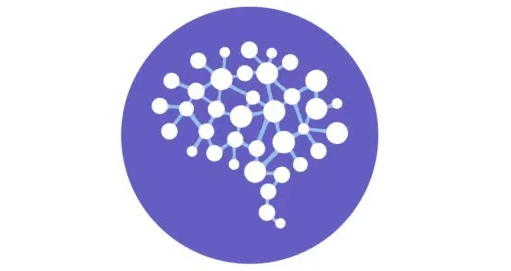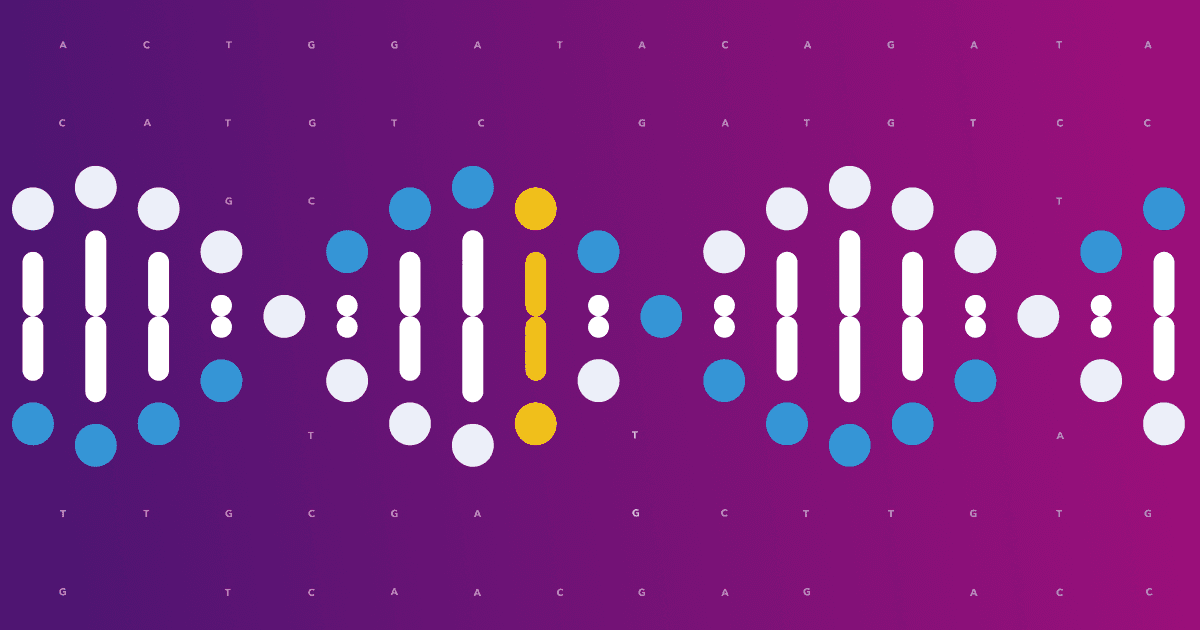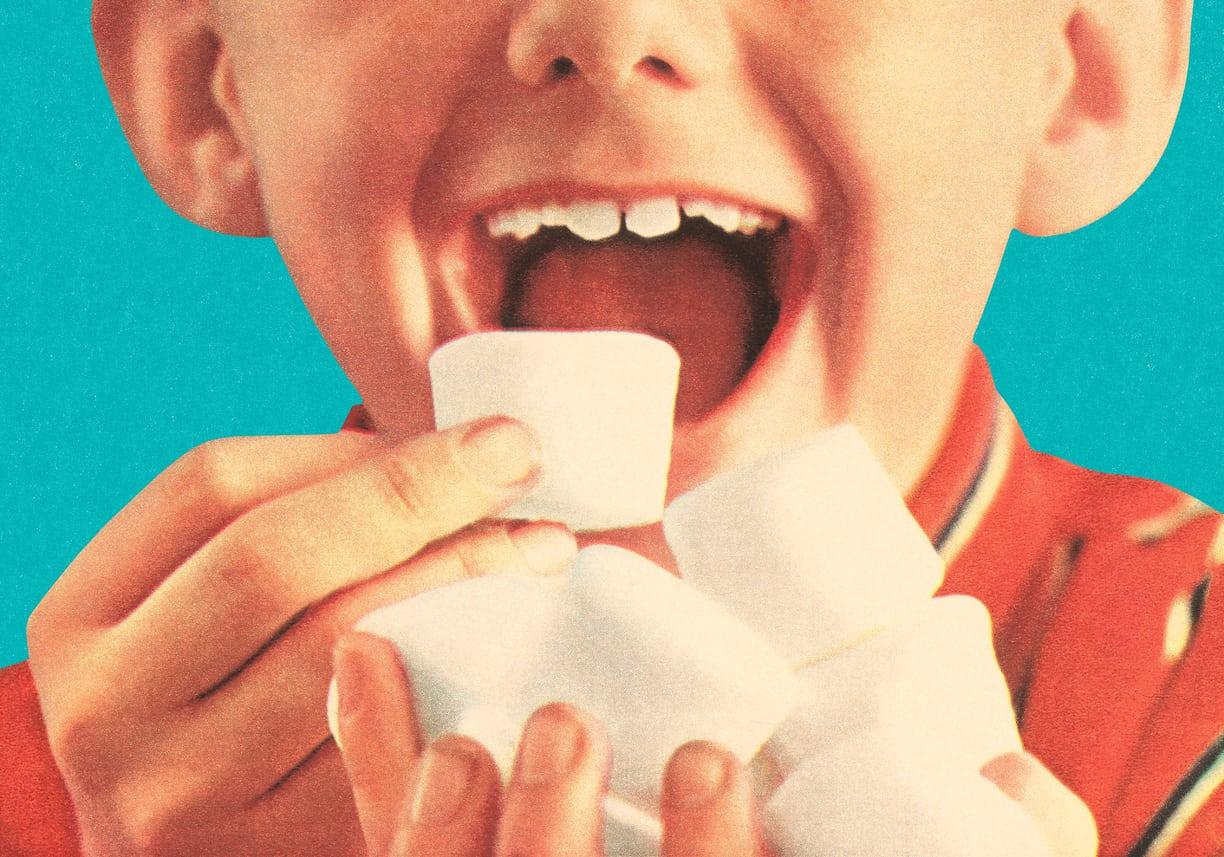When Melissa Tarantino talks about facing challenges every day to her special needs students at a middle school near Sacramento, they listen. They all are aware that she knows what she’s talking about.
A former gymnast, Melissa learned at 19 that the pain and numbness in her hands was a symptom of scleroderma, a rare disease that she’d never heard of before. The diagnosis came after more than a year of being treated, including two surgeries for what doctors thought was carpal tunnel syndrome brought on by her years in gymnastics. It was a heavy diagnosis for someone who was just starting college.
When the doctor gave her the diagnosis, she asked:
“Will I ever be able to do a cartwheel again?”
Cartwheels and Research
That was eight years ago now. Melissa was able to do cartwheels again, but it hasn’t been easy.
She recently chatted with 23andMe about how she’s approached living with scleroderma, a progressively debilitating autoimmune disease that often results in tightening and hardening of the skin, muscle weakness, and pain. The condition affects an estimated 2.5 million people globally. Most of those with systemic sclerosis — about 80 percent — are women like Melissa between 16 and 45.
Although there are some treatments for this progressively debilitating autoimmune disease, there currently is no cure. But there is promising research like that being done by 23andMe.
Our conversation with Melissa is one in an occasional series on the blog about rare diseases like scleroderma. You can read some of the other posts about new insights into the study of rare diseases, living with another rare disease idiopathic pulmonary fibrosis, and a discussion with a community engagement director for the Scleroderma Research Foundation. The posts detail studies into rare diseases, as well as two specific studies 23andMe is currently recruiting for — idiopathic pulmonary fibrosis, a chronic progressive lung disease, and systemic sclerosis, a form of scleroderma.
Melissa, who is participating in 23andMe’s Systemic Sclerosis Study, said it’s important to contribute to the effort.
“Of course, I’m participating,” she said. “I just want to be able to help in whatever way I possibly can.”
Here’s more of what Melissa had to say.
Many people with a rare disease talk about how difficult it was to simply find the right diagnosis. Was that your experience?
The backstory is that I’d been a gymnast all my life, from like second grade to senior year of high school. I decided I wanted to stop and be a kid again, you know, go to the prom and not have to train 30 hours a week.
After I stopped, I started noticing pain and numbness in my hands. The doctors thought it was carpal tunnel from all that training, so I had surgery first on one hand and then the other.
My freshman year in college I still had pain, the knuckles in my hands were super swollen and I started to gain weight, then lose it, and I had this bloating in my face. The pain in my hands was really bad. At one point during a history final, it hurt so bad that I was crying. At that point, I went back to the doctor and they still thought the pain was from my time as a gymnast. The doctor told me to take acetaminophen. It was super frustrating.
What changed?
I knew something was wrong and my mom knew it too. We switched doctors and got blood work done. Even before the appointment my mom and I looked at the results from the lab work and then sort of self-diagnosed things. We looked up lupus and scleroderma while we sat on the couch. We weren’t 100 percent sure but we kind of pieced things together. We didn’t know anyone who had (scleroderma). We never heard of it before.
But we lucked out and got connected to a good rheumatologist with connections to Stanford who’d actually studied the disease. So, after the first diagnosis, I’ve had good care.
What were some of the hardest things for you during that time?
I was in college, and as I said, I wanted to live a college life. I wanted to live my life as a young person. So, at first, I didn’t take all the heavy medications that were prescribed. I let my doctor know. (Among the medication she waited to take was an immunosuppressant methotrexate. She waited to take it because of some of its side effects.)
Like I said I didn’t know anything about scleroderma until we’d Googled it, and everything we read online basically said you die right away. I didn’t have high hopes, but it turns out I won the scleroderma lottery. The kind of scleroderma I have isn’t affecting my internal organs now. Once I had my years in college, I started using the immunosuppressant methotrexate. Maybe I wouldn’t have lost some of the bone that I lost if I’d started taking it during college, but I’m glad I had that time in college to lead a somewhat normal student life.
What are some of the things you find that help you day-to-day?
Five years is a big marker for this condition, and I’m now seven or eight years in, and I’m at my healthiest. I now do powerlifting and being active really helps me feel better. You know before I started powerlifting I did tell myself I wanted to prove my doctor wrong.
So, while I was at Sacramento State I joined a gymnastics club and ended up competing in Nationals when they were in Sacramento. I proved that I could do cartwheels. I might have done them a little differently than I did before, but I did them. I did four events. Once I did that, I knew that having a physical outlet was important for me but I needed to shift to something else so that’s when I started powerlifting.
Powerlifting really helps me release stress. I usually try and go at about 3:30 in the morning before I start my day. When I don’t work out my kids (who she teaches at a middle school in Sacramento) know it, and usually say something.
How has being involved with different groups such as the Scleroderma Research Foundation helped you?
Going to their fundraisers or conferences helped me meet more people with the disease who were actually my age. That’s been very helpful for my mental health. I don’t feel alone and I can talk to someone who I can ask about, you know, things like dating or how to deal with changes in your appearance. That kind of stuff has really helped.
Why are you participating in 23andMe’s Systemic Sclerosis Study?
Of course, I’m participating. I’ve actually tried to participate in other (scleroderma) studies but this is the first I qualified for.
I’m participating in the 23andMe study because I just want to be able to help in whatever way I possibly can. This disease isn’t going to just go away. I have it for life, so this is something I can do now in my lifetime to help others. It might not make a difference for me but it might for someone in the future.




